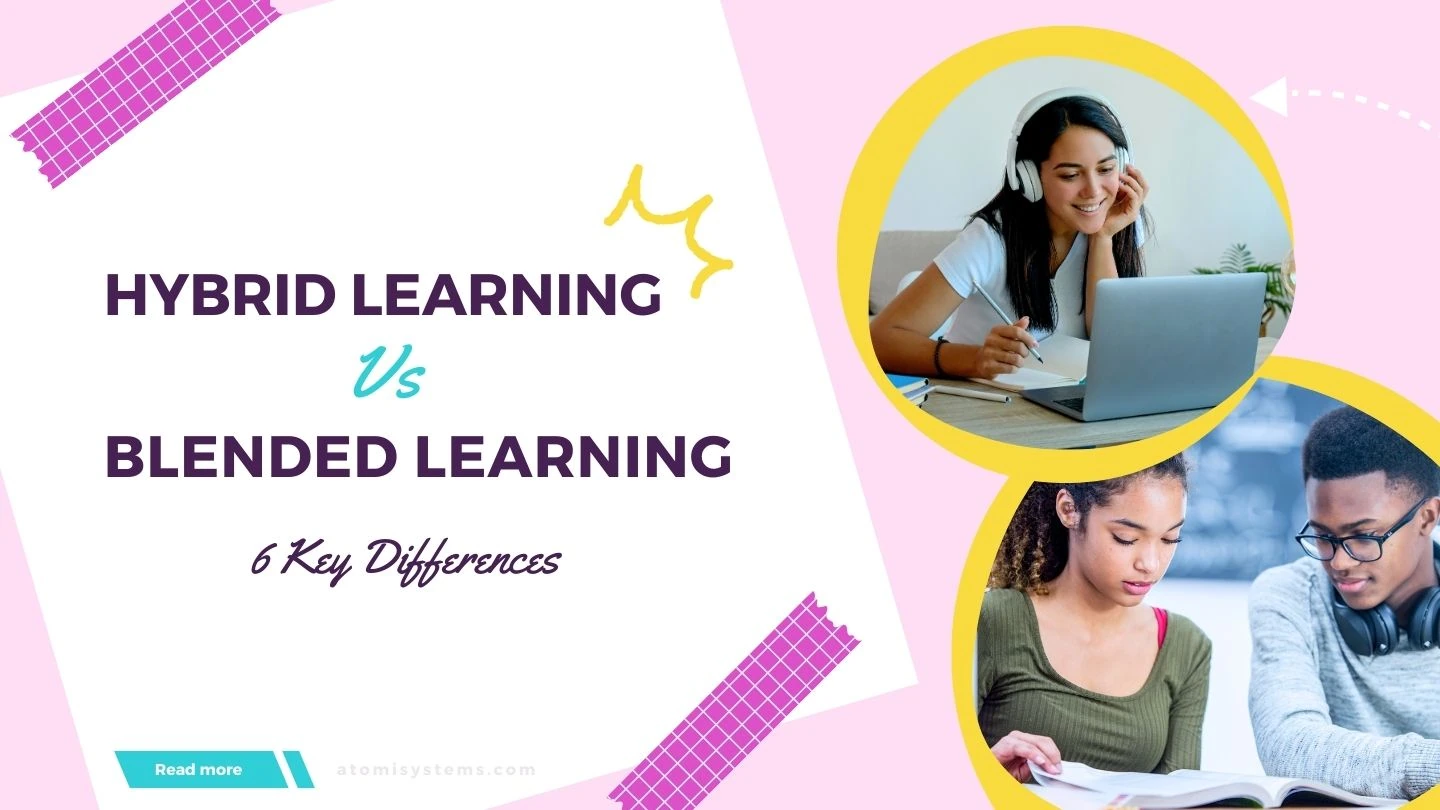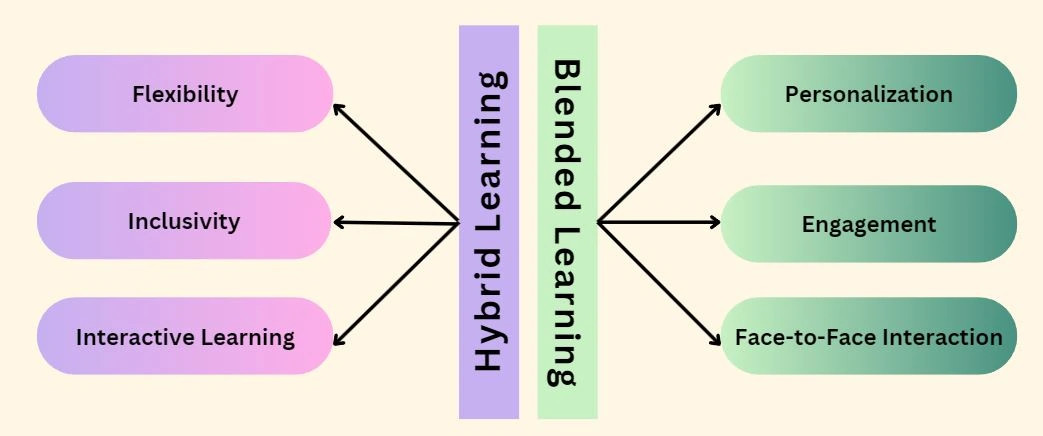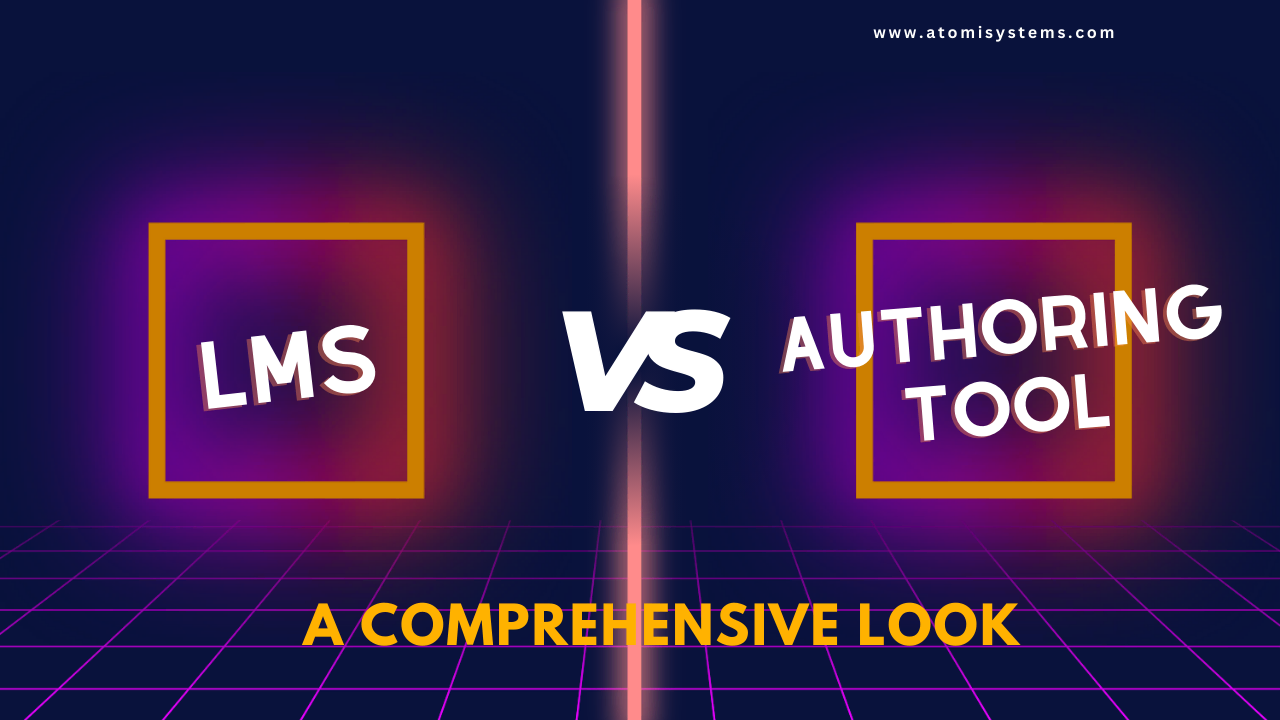In this blog, we’ll explore the six critical differences between hybrid vs blended learning. Based on that, you can determine which approach best suits your educational needs.
In today’s rapidly evolving educational landscape, the terms “hybrid learning” and “blended learning” are often used interchangeably. However, they represent distinct approaches to integrating technology and traditional instruction. As schools and universities adapt to new challenges and opportunities, understanding the differences between these two models is more important than ever. eLearning authoring tools like ActivePresenter play a crucial role in supporting both approaches by enabling educators to create interactive digital content, assessments, and multimedia lessons that enhance learning experiences. Whether you’re an educator looking to implement a new teaching strategy or a student navigating the world of online and in-person classes, knowing the key distinctions—and leveraging the right eLearning tools—can help you make informed decisions.

What is Hybrid Learning?
Hybrid learning is an educational model that combines both in-person and online experiences. In this setup, students attend face-to-face classroom sessions. Additionally, they engage in online activities like watching lectures, participating in discussions, and completing assignments. The balance between in-person and online components can vary depending on the course or program. However, the goal is always to create a cohesive learning experience that leverages the strengths of both formats. Ultimately, hybrid learning is designed to offer greater flexibility, allowing students to benefit from the direct interaction of a traditional classroom while simultaneously taking advantage of the convenience and accessibility of online education.
What is Blended Learning?
Blended learning, on the other hand, integrates traditional classroom instruction with online learning activities. In this model, students spend part of their time in a classroom with a teacher and part of their time engaging in online coursework. This coursework can include watching videos, participating in virtual discussions, or completing assignments online. The online component is designed to complement what is taught in the classroom. Thus, blended learning provides a more personalized and flexible learning experience. It combines the strengths of both in-person and digital education to cater to diverse learning styles.
What are the Benefits of Hybrid Learning vs Blended Learning?
Hybrid learning provides several benefits:
Flexibility: A major advantage of hybrid learning is its flexibility. It lets students decide whether to attend classes in person or online, which is particularly beneficial for those with hectic schedules or unique needs.
Inclusivity: This model bridges the divide between in-person and remote learners, ensuring that everyone is included. It fosters inclusivity and addresses various learning preferences.
Interactive Learning: The synchronous nature of hybrid learning allows remote students to actively participate with both the instructor and their classmates. This increased interaction enriches the overall learning experience.

Meanwhile, blended learning offers several distinct advantages:
Personalization: This learning model merges the best aspects of both in-person and online education, allowing students to progress at their own pace. The asynchronous online segments give learners the flexibility to complete materials when it suits them best.
Engagement: The online components of blended learning are increasingly interactive. With diverse content such as videos, games, and quizzes, this approach makes learning more engaging and suits various learning styles.
Face-to-Face Interaction: Blended learning preserves the value of in-person classroom sessions. This setup provides opportunities for face-to-face feedback and hands-on training, which is especially beneficial for subjects that require practical experience.
What are 6 Key Differences between Hybrid Learning vs Blended Learning?
To understand the distinctions between hybrid vs blended learning, it’s essential to examine several key aspects of each model. By exploring these six critical differences, we can gain insight into how each approach operates and benefits students and educators. We will look at how the structure and format of each model differ, as well as the level of flexibility they offer. Besides, we will examine the role of technology, the responsibilities of instructors, the nature of student interactions, and the methods of assessment used. This comparison will highlight the unique features and potential advantages of hybrid and blended learning environments.
| Criteria | Hybrid Learning | Blended Learning |
| Structure & Format | Combines in-person classes with online activities; students alternate between both formats. | Integrates in-person instruction with online components; typically combines both formats in a single course. |
| Flexibility | Provides flexibility by allowing students to choose between attending classes in person or online. | Offers flexibility through asynchronous online segments, allowing students to learn at their own pace. |
| Technology Integration | Technology is used to complement and support in-person instruction, often for remote participation. | Technology is deeply integrated into the learning process, with online components complementing face-to-face instruction. |
| Instructor Role | Instructors manage both in-person and online components, balancing real-time and digital interactions. | Instructors primarily conduct face-to-face classes and design online activities that supplement classroom learning. |
| Student Interaction | Students interact with peers and instructors both in-person and online, with synchronous sessions enhancing engagement. | Students engage in interactive online activities and participate in face-to-face sessions, but online interactions are often more varied. |
| Assessment Methods | Assessments may be conducted through both in-person and online methods, with a mix of real-time and digital evaluations. | Assessments are usually a blend of in-person tests and online quizzes or assignments, often with more focus on online evaluation. |
Final Words
As such, the article walks you through the definition, the benefits, and the differences between hybrid learning vs blended learning. Choosing which learning approach is right for you depends on various factors. For example, the educational situation, education goals, the students’ needs, the curriculum, etc. But whatever the learning method is, there are still indispensable support tools needed.
Namely ActivePresenter is a leading authoring software to simplify your eLearning design experience. It has a feature-rich and easy-to-use tool for multiple scenarios. With ActivePresenter in hand, you are free to design high-quality interactive courses, quizzes, educational games, convert existing PowerPoint presentations into eLearning courses, and so on.
You can download ActivePresenter and try all the features for free without any restrictions:

Or if you looking for an AI-powered presentation & quiz maker, we recommend uPresenter. With it, you can instantly generate presentations and quizzes tailored to your needs, featuring real-time collaboration, public sharing, and slide analytics, and saving you time and boosting creativity. Follow its Twitter and YouTube channels for more updates. Have a great day!
See more
Table of Contents
Follow us:


